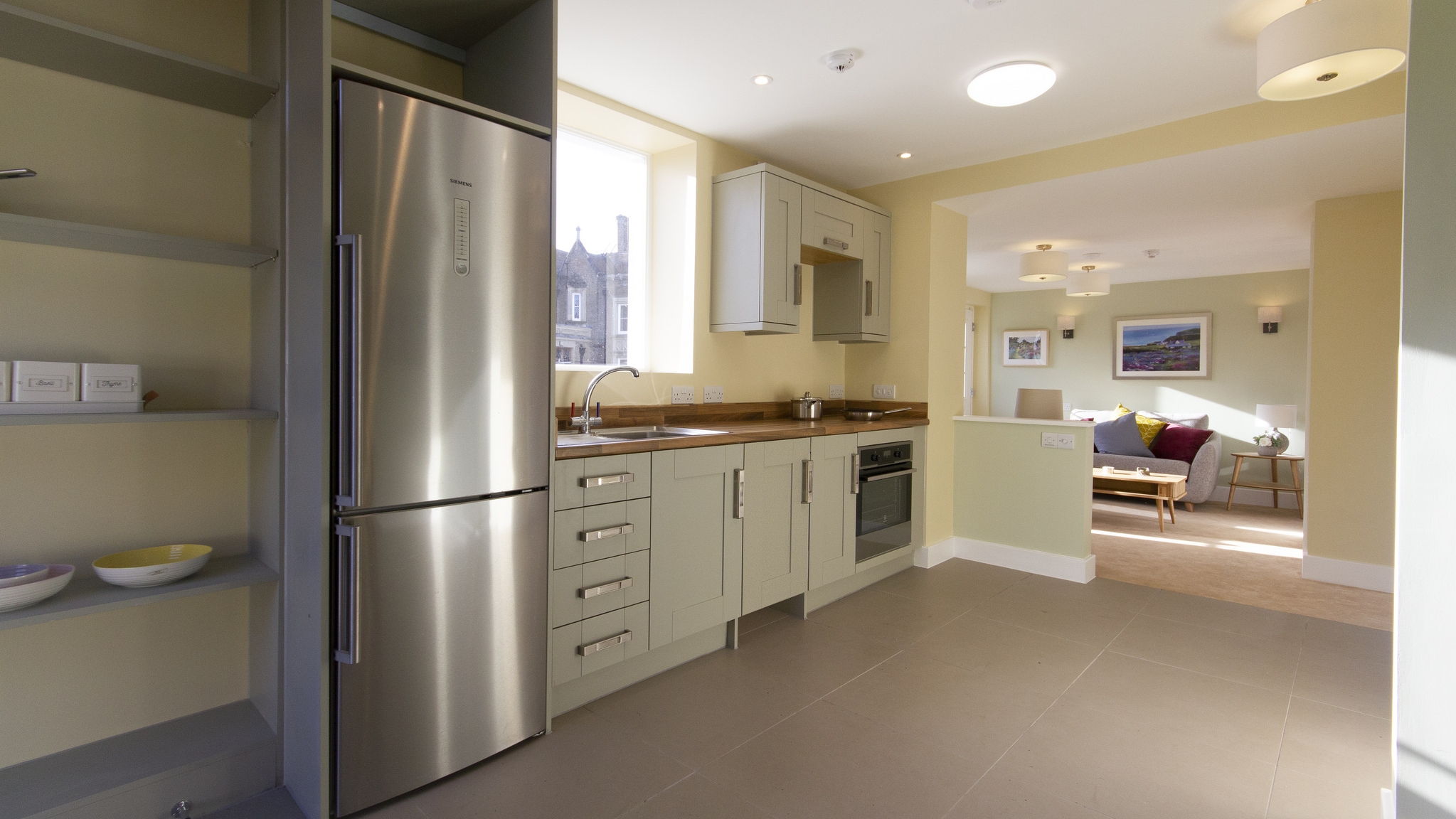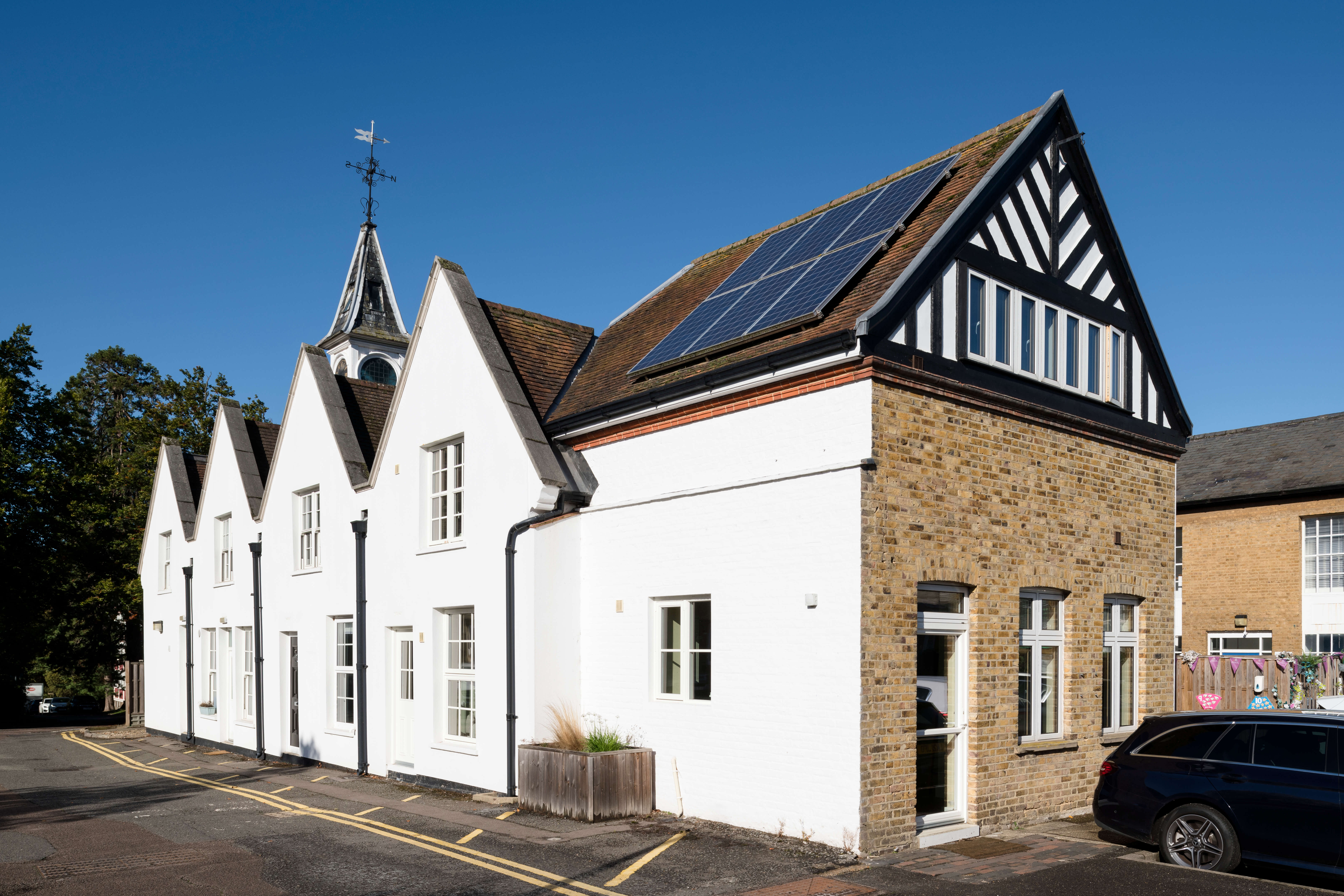Ageing population - BRE Group
Adapting to an ageing population
Changing demographics, an ageing population, and growing pressures on health and social care services make for an interesting mix of challenges which touch all elements of society and industry sectors. This has led to greater focus being placed on designing, refurbishing and creating dwellings which can support occupants at every stage of their lives, and through the changes that are part of the ageing process.
The risk of people having dementia increases with age, as do other comorbidities, leading to a number of disabilities including, physical, hearing, sight, frailty and cognitive impairments. Although each of these present challenges, dementia is the most difficult to manage and design for.
Worldwide, over 40 million people are living with dementia and this is predicted to triple by 2050. It is estimated that 850,000 people are currently living with dementia in the UK alone and this figure is forecasted to increase to 2 million by 2051.
This rapid growth will increase pressure on health and social care services and have an economic impact worldwide. Currently in the UK, the cost to the NHS of the inability for elderly patients in acute care to return home in a timely fashion is £0.9 billion per year. This is because their home has features and attributes which do not support their needs. Evidence has shown that effective home adaptation for dementia can extend the time spent living at home, resulting in personal savings, as well as essential savings to the NHS.
The 2012 Health and Social Care Act provides home based right to the elderly and puts responsibilities on the health and social care systems to deliver better home-based outcomes.
A shift from treatment to prevention and mitigation and community/ local delivery particularly enabling elderly people to remain at home for longer is therefore becoming one of the UK’s policy priorities with the aim of 5 more years in your home.
Early assessments by housing providers are crucial to making pre-emptive changes such as the need for property adaptations, housing design interventions, assistive technology and tenancy sustainment, to ensure wellbeing and independence is maintained. Age and dementia friendly housing solutions will involve other professionals far removed from health or social care sectors. This requires dialogue and shared objectives between housing providers, health and care systems and a different approach to design and adapting spaces to be age and dementia friendly.
The BRE Centre for Resilience works to deliver responses to an ageing population and inform the design of future building to help the ageing population and those with dementia, live independently for longer.

BRE Dementia Friendly Demonstration Home
As part of the BRE Innovation park at Watford, a demonstration home has been adapted to be suitable for the ageing population and those living with dementia. The building has been adapted to help educate housebuilders, carers and relatives on how to better support those living with dementia, using design principles that are geared towards helping them to live in their own home for longer, thus dramatically improving quality of life and reducing the cost of care.
Find out moreAdvisory Services
We help customers create buildings and communities that are safe, high quality, sustainable, cost-effective and suitable for the ageing population and those living with dementia.
Explore advisory services

Projects & publications
BRE’s ageing population projects and publications.
Find out more about our recent work